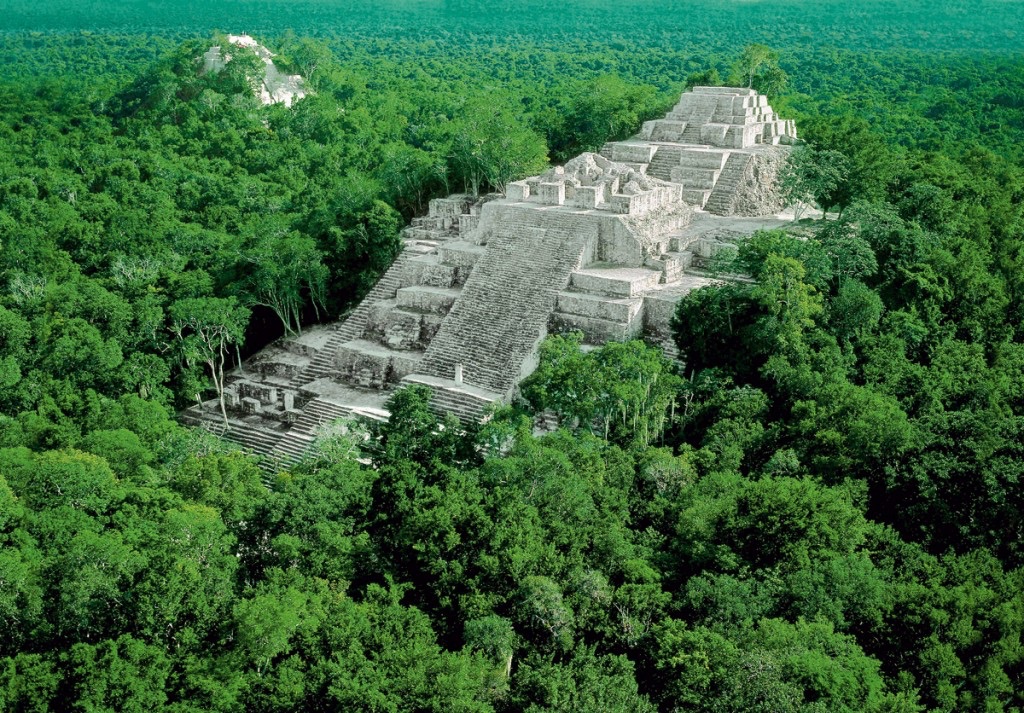El Mirador is a pre-Columbian Mayan settlement located in the dense rainforest of the Petén region of Guatemala. It flourished during the Preclassic period, around 600 BCE to 100 CE, and is renowned for its massive pyramids and complex urban designs. The site was a bustling metropolis and one of the most significant cultural centers of the Maya civilization. It was rediscovered in 1926 by archaeologists who were amazed by its grandeur and scale, which includes the largest known pyramid in Central America, La Danta. El Mirador’s extensive causeways and sophisticated water management systems reflect the advanced urban planning of the ancient Maya. Despite its historical significance, the site remains less explored than other Mayan ruins, partly due to its remote location.
The Ancient Maya
Ancient Maya Historical Sites and Ruins
Maya Mythology
Gods and Goddesses
| Kukulkan |
| Chaac |
| Ix Chel |
| Ah Puch |
| Itzamna |
Ancient Maya Artifacts
| Chac Mool |
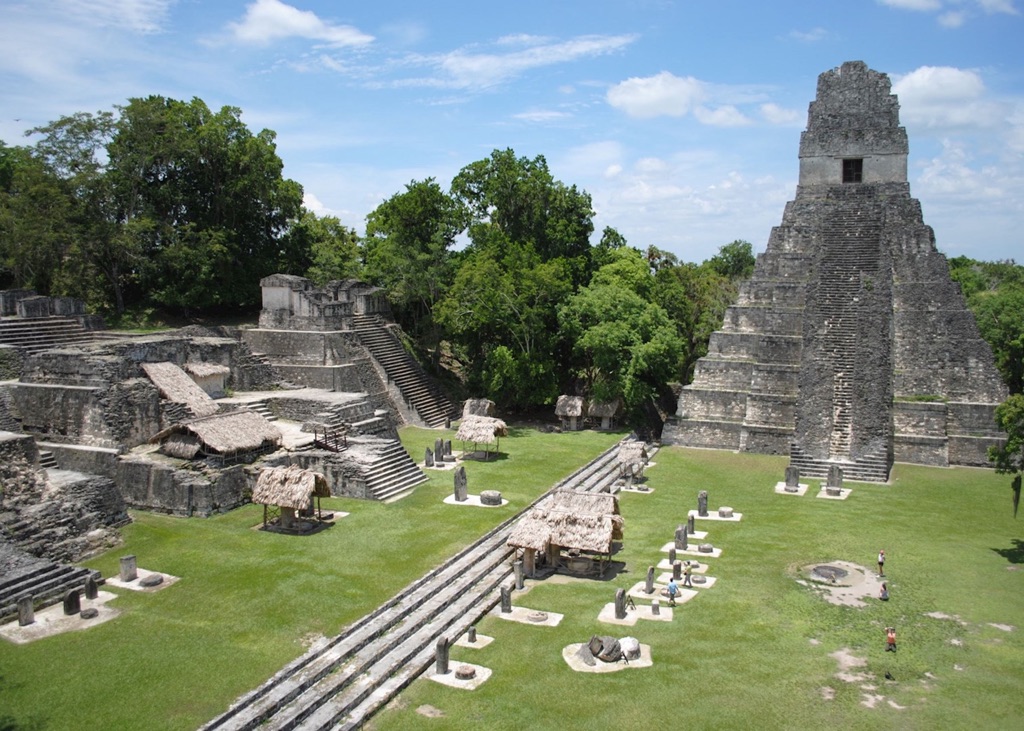
El Petén
El Petén in Guatemala is a region steeped in rich history and cultural significance. Known for its dense forests and remarkable archaeological sites, it was once the cradle of the ancient Maya civilization. The area is dotted with ruins, including some of the most significant and well-preserved Maya cities such as Tikal, which is a UNESCO World Heritage Site. El Petén is not only a treasure trove for archaeologists but also a magnet for tourists seeking to explore the mysteries of the Maya.
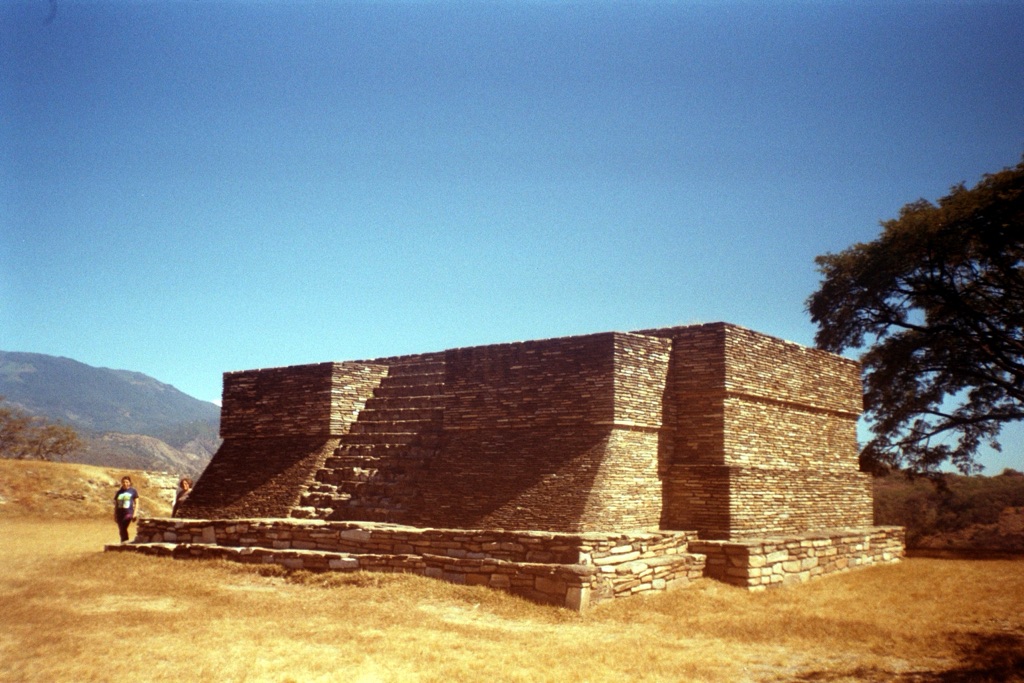
Mixco Viejo
Mixco Viejo, also known as Jilotepeque Viejo, is a pre-Columbian archaeological site in the highlands of Guatemala. It was the capital of the Poqomam Maya kingdom, and its ruins offer a glimpse into the complex social and political structures of the Maya civilization. The site features a series of plazas, temples, palaces, and ball courts, showcasing the architectural prowess of its builders. Mixco Viejo played a significant role in the region’s history before its eventual conquest by the Spanish in the early 16th century.
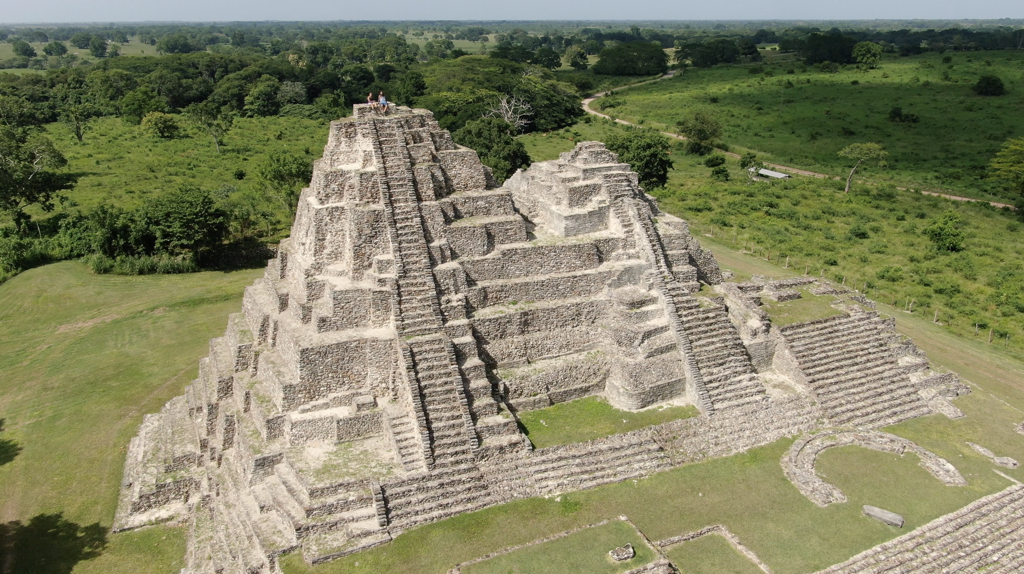
Moral Reforma
Moral Reforma is an archaeological site located in Tabasco, Mexico. It is part of the Maya civilization, which thrived in Mesoamerica for thousands of years. The site includes various structures such as pyramids, plazas, and residential areas. It provides valuable insights into the social, political, and economic aspects of the Maya culture. The site’s discovery and subsequent studies have contributed significantly to the understanding of Maya history and its intricate calendar system.
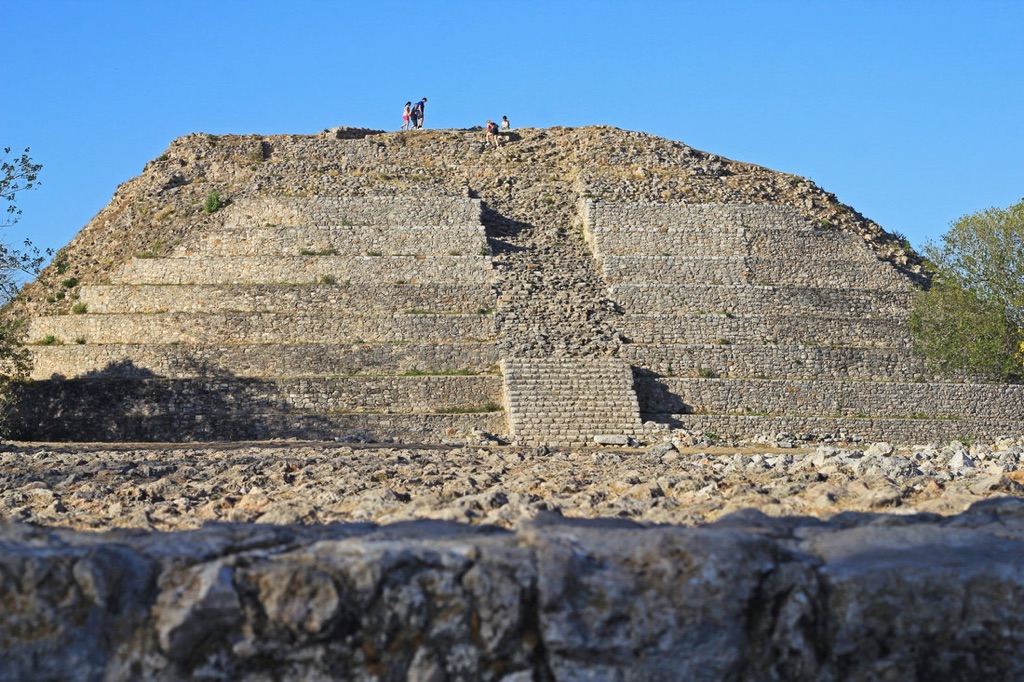
Izamal Pyramid
In the heart of Yucatán, Mexico, lies the magnificent Izamal Pyramid, a testament to Mayan civilization. Revered by history buffs and adventurers alike, this pyramid, also known as Kinich Kakmó, offers a breathtaking climb with an even more arresting view from the top. Unlike other ancient ruins, Izamal is unique due to the town that embraces it, painting a vivid picture of a place where past meets present. Visitors can walk the same steps ancient Mayans once did, gaining insight into their sophisticated knowledge of astronomy and architecture.
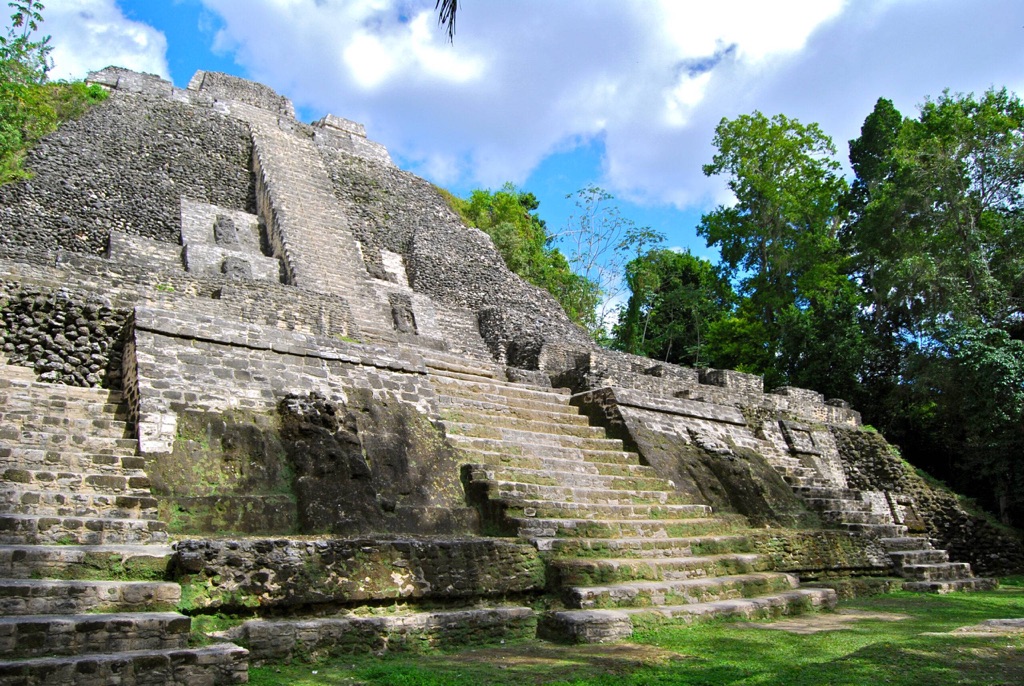
Lamanai
Embark on a journey through time at the ancient Lamanai Mayan ruins, nestled in the lush jungles of Belize. This significant historical site boasts a name that means “submerged crocodile,” reflecting its mystical past. Lamanai stands out with its long occupation span, from the pre-classic Maya period right through to the post-classic period, signaling a civilization’s resilience. Visitors can marvel at the majestic temples, plazas, and artifacts that paint a vibrant picture of Mayan culture. Each structure tells a story, from the imposing High Temple with its panoramic views to the Mask Temple, adorned with intricate carvings of Mayan rulers and gods.

